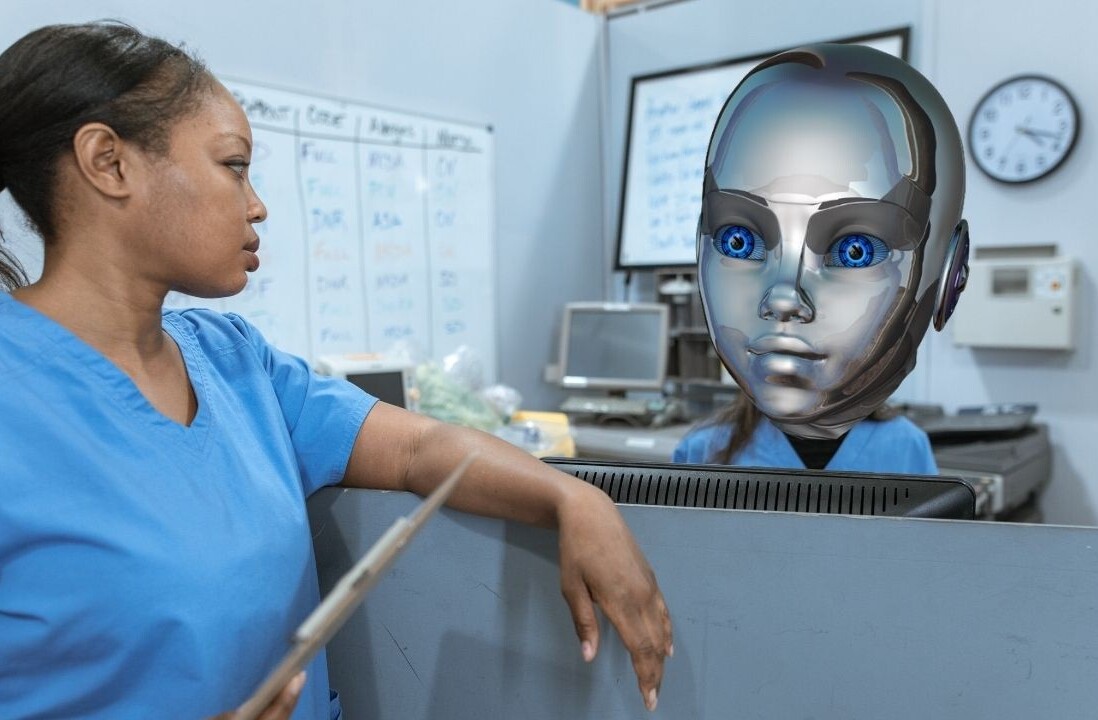
In humanoid robots, artificial eyes are often referred to as dolls’ eyes because they are made from glass or acrylic. This is a problem as their pupils don’t respond like living human eyes do. Pupils are important as they emit visual signals that we subconsciously interpret as emotions and understanding.
For many scientists working in robotics, replicating human qualities is an important part of our work. To that end, my research is the first to create robotic eyes that react to both light and emotion using an artificial muscle. This will help them to interact with people, who tend to be more comfortable with robotic features that mirror their own. More lifelike robots will allow people to interact with technology more naturally.
My work was inspired by meeting John Coppinger, one of the engineers of Jabba the Hutt, from the 1983 film Star Wars: Return of the Jedi. Coppinger designed the dilating eyes of Jabba, and we spoke about the difficulties of making something similar to fit a human-sized eye due to the complexity of the mechanisms.

How it works
It has taken over four years of lab experiments to get the right materials for robotic eyes to function like human eyes. You can see the results in the lead image. To replicate the soft tissue of the human iris, we 3D-printed a colourized gelatine membrane using a digital map of a human eye. Unlike glass and acrylic, gelatine is natural, highly flexible, and can hold an image. In the center of each iris are holes, which we refer to as portals. One can fit a camera to see the world, while the other is for a photo-sensor to measure light.
To make the pupils expand and contract, as they do when people are happy or scared, we made an artificial muscle from a stretched silicone membrane, coated on each side with graphene. When they are activated, they squish the silicone membrane together giving a contraction effect. Graphene is so fine that a single coating allows light to pass through it like a human eye.
An artificial muscle is activated by creating a positive and negative field of static electricity on each side of the membrane that compresses and relaxes the muscle with high and low voltage. Think of squeezing an object on each side, and then letting it release. The surface area will increase and decrease with the amount of pressure you apply to it. To further help create human-like eyes we used a flexible 3D-printed material to hold the artificial muscles and sensors in place.
Another feature of the robot eye is that it can respond to both light and emotion simultaneously. This is vital for accurately emulating the functionality of the human eye, but robot eyes have not been able to do it before.
A microprocessor switches the robot’s eyes between emotion and light modes so the eyes can react just as human eyes do: in humans, our pupils expand in reaction to light and happiness, and contract in darker places and when we are more unhappy.
When the robot is interacting with someone, a camera uses machine-learning software to predict their emotional state from their facial expressions. This assigns an emotion to the robot such as happiness or sadness and sends a message to the pupils to expand or get smaller accordingly. Similarly, in light mode, the robot’s pupil dilates in darkness and shrinks in brighter conditions.
Why robots need human eyes
The benefit of creating more lifelike robots is that they allow people to interact with technology more naturally. This is important as for some people, a human-like interface is comforting and can improve how humans react to robots.
This should make it easier for robots to socially interact with people, which could be useful for people living alone. Over time, robots will hopefully be able to provide them with additional support and companionship. To learn more about how robots’ eyes needed to react, I carried out an experiment with people watching different videos. They then stared into an artificial light at different levels of brightness. Participants wore a pupil-tracking headset which recorded their pupil dilation and light frequencies, and this was used to fine-tune the robot eyes.
In the final experiment, robotic eyes were installed inside a realistic humanoid robot and compared against a robot with standard acrylic eyes. They were then tested out on humans to measure emotion and attention. Participants who noticed the robots’ eye dilation showed heightened emotion and attention levels.
These results show the benefits of these robotic eyes so people react to them more naturally. This is important because otherwise humanoid robots appear unemotional. By replicating subtle gestures and cues, we increase our understanding and familiarity with robots. This includes things like lip synchronization, speech tonality, and facial expressions.
One day we could have robots that are so human-like that are virtually indistinguishable from ourselves, even when looking into their eyes.
The code, schematics, and video footage of the robotic eyes are now available on Github for any engineer to improve the design and use them in their own projects.![]()
Article by Carl Strathearn, Research Fellow, Computing, Edinburgh Napier University
This article is republished from The Conversation under a Creative Commons license. Read the original article.
Get the TNW newsletter
Get the most important tech news in your inbox each week.





